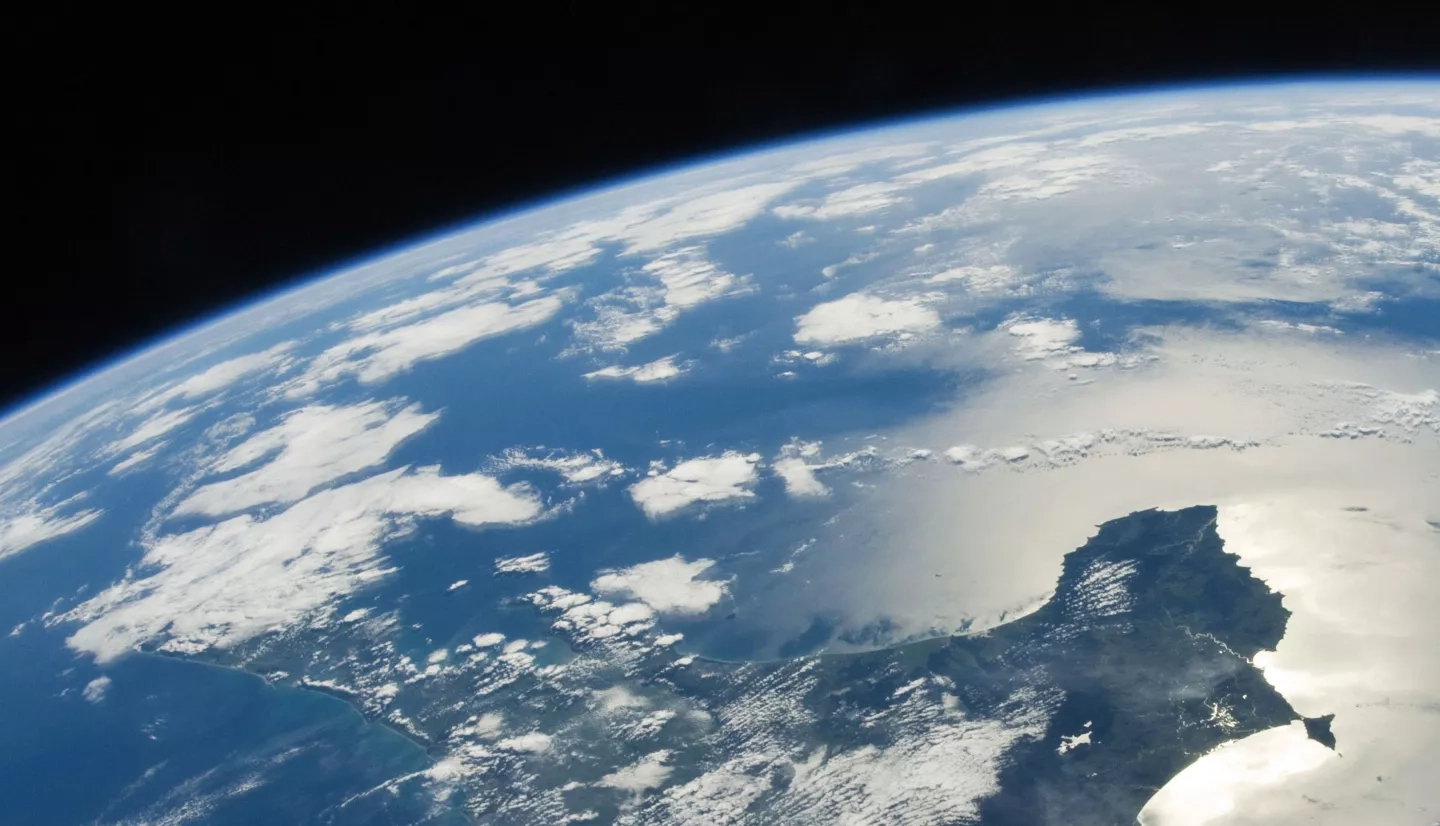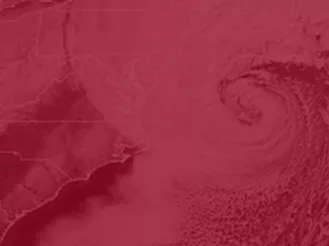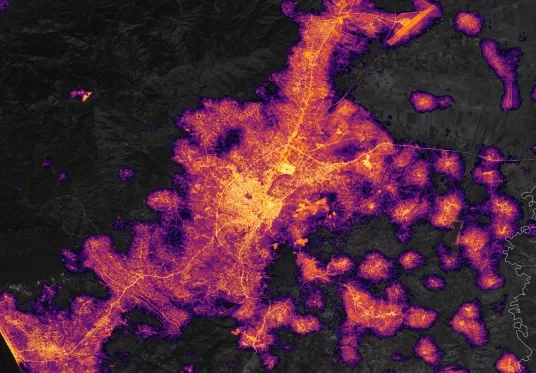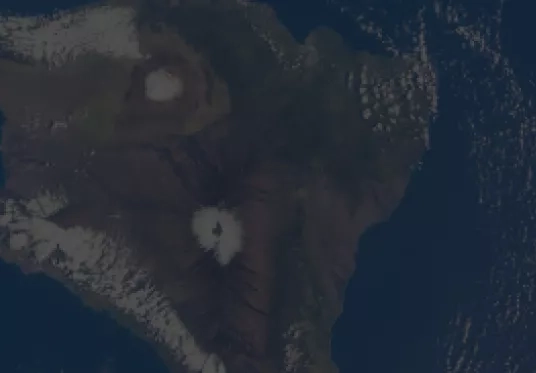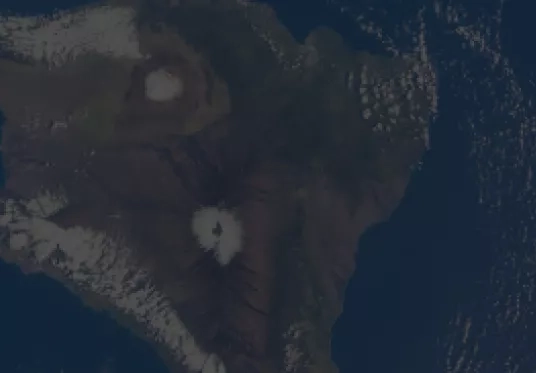Answering Earth’s Call
When communities face a limited freshwater supply, beachgoers have difficulty breathing due to toxic red tides, or tour operators want to find the most sustainable way to travel to Antarctica — we’re there.
We work with people on the ground around the world to solve problems as they unfold. We help find solutions to challenges before they become catastrophes, and help communities recover when catastrophe is unavoidable.
Data from NASA’s Earth-observing satellites offer partner organizations and research scientists a powerful tool to deepen their discovery and support their success. We make them available through eight specialized teams, called "program areas."
Program Areas

ENSURING FOOD SECURITY
From individual farmers to global food chains, we help optimize decision-making about food availability and access through Earth-observing data.

EMPOWERING COMMUNITIES
Our skill-building initiatives empower people around the world to solve local challenges using Earth observations and remote sensing technologies.

BUILDING CLIMATE RESILIENCE
The planet is getting hotter, wetter and drier. We help decision-makers use Earth observations to plan for these climate-related changes. The result? More resilient communities.

STRENGTHENING ECOSYSTEMS
To protect our natural land, marine and freshwater resources, we promote the use of Earth observations in conservation, sustainability and resource management.

PROMOTING HEALTH & AIR QUALITY
We use Earth-observing data to inform air quality standards and support solutions for public health initiatives — all to strengthen our communities' well-being.

ENHANCING WATER MANAGEMENT
Water is one of our most invaluable resources. We help monitor the demand, supply and quality of water around the world and the development of tools to promote conservation.

REDUCING HARM FROM WILDFIRES
Fire is an essential process for many ecosystems, but uncontrolled fire can be disastrous to anything in their path. We leverage Earth-observing data, applied research, and partnerships to reduce risk before, during, and after a fire.

Earth Science Mission
NASA’s Earth-observing satellites can be used to inform real-world applications useful across all program efforts. Explore associated mission applications programs within NASA Earth’s Applied Sciences Program and learn how using NASA data in your work can benefit society.
Projects & Initiatives
Our work isn’t limited to eight program areas. We support projects across a broad spectrum of topics, from urban development and energy management to transportation and infrastructure.
The Prediction Of Worldwide Energy Resources (POWER) project helps improve decision-making in renewable energy, sustainable infrastructure, and agroclimatology. POWER provides solar and meteorological datasets and other analytical tools to user communities. More than 600,000 people worldwide have used POWER to assist with decision-making for:
-
Managing solar power arrays for power companies and communities
-
Assessing solar power site suitability
-
Evaluating factory/building energy usage
-
Powering instrumented drones making measurements over oceans
-
Assessing crop productivity
GEO is a global coordinating body that aims to enhance the use of Earth observations in environmental decision-making across sectors — and across borders. We support a GEO portfolio that spans nine focus areas.
This initiative focuses on the use of NASA Earth observations to better understand and reduce the risks and impacts to lives and livelihoods. We strive for inclusive, science-informed decision making that can lead to resilient communities.
The Applied Sciences Program’s Socioeconomic Assessments initiative works across disciplines to build a collaborative, capable community assessing the societal and economic benefits of using Earth science information for decision making. Socioeconomic Assessments help us understand how Earth observations can help decisionmakers, emergency responders, and resource managers reduce the loss of life and property due to disasters, understand environmental factors that affect human health, improve resource management, and protect and sustainably manage ecosystems.
NASA’s SDG initiative focuses on advancing sustainable development around the world through Earth science applications and research in alignment with the United Nations Sustainable Development Goals (SDGs). The SDGs are a collection of 17 interlinked goals that seek to reduce inequality and foster sustainability globally.
